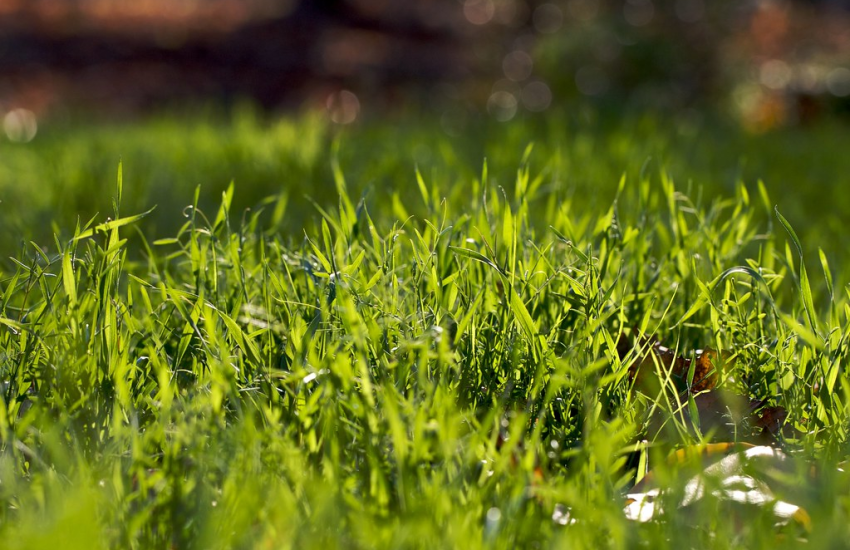When to Plant Tomatoes, Pumpkins, and Lettuce in Tennessee
The temperate climate of the state of Tennessee, located in the southern region, allows the cultivation of many plant varieties and provides a suitable environment for growing tomatoes, pumpkins, and lettuce. In this context, planting dates may vary according to the plants’ criteria and regionally according to the average frost times in Tennessee.
In this direction, let’s look at the best planting times in the Tennessee region!
When to Plant Tomatoes in Tennessee
Tomatoes are plants that cannot survive in temperatures below 50°F and cold climates, so their cultivation requires a much more complex process and period than it seems.
Therefore, if tomatoes are to be grown outdoors, your tomato seedlings planted long before spring will likely die. On the other hand, when you sow late, you will not be able to obtain a product in the first frost period just before the harvest. In this context, you should pay attention to (1) the necessary and appropriate time and (2) the suitable area to grow tomatoes.
Considering the suitable area in question as Tennessee, let’s consider what points we should pay attention to for planting.
In this context, let’s not forget that tomatoes are planted in the spring months when the danger of frost disappears and that the spring months create different climatic and environmental conditions under global conditions. That is to say; you should review the weather and climatic conditions of the region you want to plant.
When the climatic conditions of last spring in Tennessee are examined, it is seen that the daily highest temperature varies between 57°F and 82°F, and it rarely rises from 41°F to below 90°F. In light of this, we can say that Tennessee has entirely suitable weather conditions for tomato planting.
Accordingly, if there is no frost for at least 2 weeks in the cities and regions in Tennessee, it means the right time to plant. Namely, the last frost time in Tennessee coincides with April 5 on average. Likewise, the first frost time corresponds to October 30 on average. In line with these dates, you can create a planting calendar for yourself, and you should not forget that these dates can change in line with mother nature.
For example, let’s say after planting tomatoes, frost came. What should you do in this situation?
If you have planted tomatoes in pots, you need to move your pots indoors urgently. On the other hand, if you have planted outdoors, you should cover your seedlings with a tarp and wait for the frost to pass. Unfortunately, you will have to be patient and see how much chance there is in this situation.

When to Plant Pumpkins in Tennessee
Along with being a very successful and well-known region in pumpkin cultivation, Tennessee has become a good competitor with neighboring states. Accordingly, to understand what standards and conditions it can fulfill in pumpkin planting, let’s first get some background information about pumpkins.
Pumpkins are plants that range from decoration to food and cultural icons. In terms of cultivation, it is known that the best pumpkin plantings take place in deep, breathable, and water-holding soils. Likewise, the soil’s pH level between 6 and 7 is a helpful factor in creating a very suitable area for pumpkins.
We talked about the soil element in the context of the suitable environment for the plant to settle and plant, but what criteria does this plant have in terms of weather and climatic conditions?
We can say that providing a suitable atmosphere for pumpkin planting mainly depends on the soil being between 50°F and 53°F. That is to say, at the time of planting, the soil that does not fall from the mentioned temperatures or does not exceed this temperature is very effective in holding the plant to the soil and ensuring its development.
Besides, since pumpkins like mild environmental conditions, sowing their seeds is usually done during spring, autumn, or summer. This is also the case when seedlings are planted instead of seeds. As a growing region, these plants can live in temperate and hot climates that can provide these seasonal conditions. These plants that do not like cold can be damaged under certain temperatures and are adversely affected if the temperature rises too much.
Considering the frost times mentioned above, paying attention to the calendars when choosing spring or summer times for pumpkin planting in the Tennessee region is necessary. As a full date, suitable times for pumpkin planting in Tennessee regions would be June 15 and July 10.
When to Plant Lettuce in Tennessee
Since lettuce cannot show productivity against temperatures below 40°F and cold climate conditions, the planting process can be challenging under certain conditions. Like tomatoes, if your lettuce seeds are planted long before or after spring, it may result in plant death or failure to produce a crop. Similarly, considering the frost dates, it will be safe to plant lettuce in the Tennessee region if there has not been a 2-week frost time.
Additionally, lettuce is much more resistant to frost than tomatoes. Open-field lettuce cultivation generally yields products at low temperatures of 23°F-24°F without much damage.
In line with general information, lettuce is a one-year cool climate vegetable. Besides, the growing period can reach 2 or 3 months. While these plants can be partially resistant to cold, they are also humid and warm-climate vegetables. Depending on the lettuce species, their heat resistance may vary. In this direction, an average low temperature and slow growth period will produce more productive results in the cultivation of lettuce.
Furthermore, they can grow at 59°F to 64°F for an average temperature. As for the soil, they grow best in soils between sandy loam and clay loam, and the pH value of these soils should be between 6-7.
Considering all these mentioned, lettuce planting in mid-April should be noted as the most suitable date in Tennessee, as it will yield fruitful results with the harvest that will coincide with mid-summer.
Conclusion
Ultimately, in line with the temperate climate standards, the time to grow tomatoes in the Tennessee region is generally between March and April, and the time to plant pumpkins can fall between June 15 and July 10. On the other hand, these dates coincide with mid-April for lettuces that prefer cool climates.
You may also be interested in:
When to Plant Tomatoes, Potatoes, and Green Beans in Missouri


